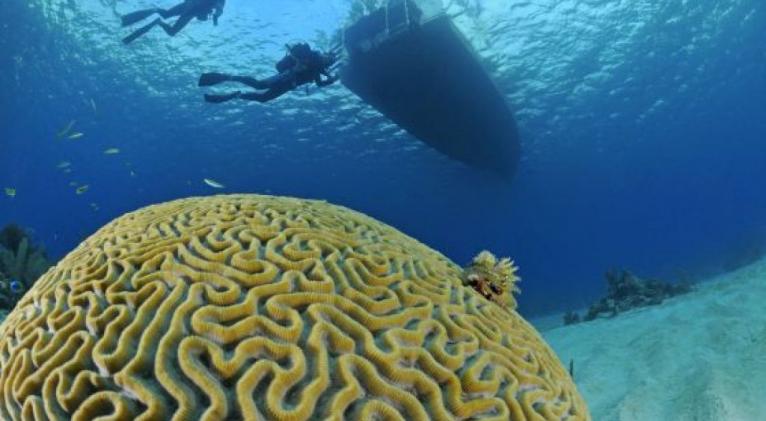Travelers Appreciate Diving in Cuba
especiales

The increase in tourism in Cuba has many edges today, when even pilgrims from all over the world appreciate the practice of diving and snorkeling in the insular waters.
This opinion is supported by officials of the Ministry of Tourism (Mintur) consulted by Prensa Latina, who stress the intention of authorities to diversify offers for vacations.
Hence, the Cuban virgin nature has a particular charm in the case of the seabed.
In that line, many experts agree with the interests of tourists when choosing or recommending sites for contemplative diving in this archipelago.
The list includes for such purposes the Isla de la Juventud, with Cayo Largo del Sur, in the southwestern portion of the archipelago, María La Gorda, the North Havana coast, Varadero, Zapata Peninsula, Santiago de Cuba, North Camagüey, Holguin, Jardines del Rey and Jardines de la Reina.
The last mentioned is one of the best scenarios visited especially by professionals, while the Gardens of the Queen constitute a wonderful place.
The Cuban sea bottoms give the visitor a unique possibility of saving very particular memories.
There are several meetings including underwater photography that are organized in different parts of the coast and the island platform, taking advantage of the well-preserved beauties, the climate and an appropriate infrastructure.
A Mintur report indicated the existence of more than 500 well-studied diving areas around Cuba, with underwater landscapes, exotic corners, caves, vertical walls and tunnels.
You can also find cliff and canal divers with endless options for this practice, both day and night. However, the ships sunk of the Spanish fleet in earlier times still hold secrets to discover.
The coral formations are located a few meters from the coasts, allowing to protect beaches and the attractive scenery. Both the north and south coasts include promising keys, among the ideal places to dive.
In addition, archeology has very particular spaces, since the remains of ships rest on the seabed, reflecting the strong commercial activity in the region for centuries, the occurrence of war events and other causes such as shipwrecks.
Interesting examples are the areas surrounding Santiago de Cuba, 900 kilometers east of Havana, with numerous shipwrecks witnesses of the naval battle of the Spanish-Cuban-American War in 1898.
It is estimated that over 500 years, more than a thousand ships were sunk in its waters; among them galleons with treasures of the New World.victims of pirates and storms.
Diving enriches the recreational landscape of the island and induces methods of beauty appreciation, without damaging the funds and preserving the landscapes for the future.













Add new comment